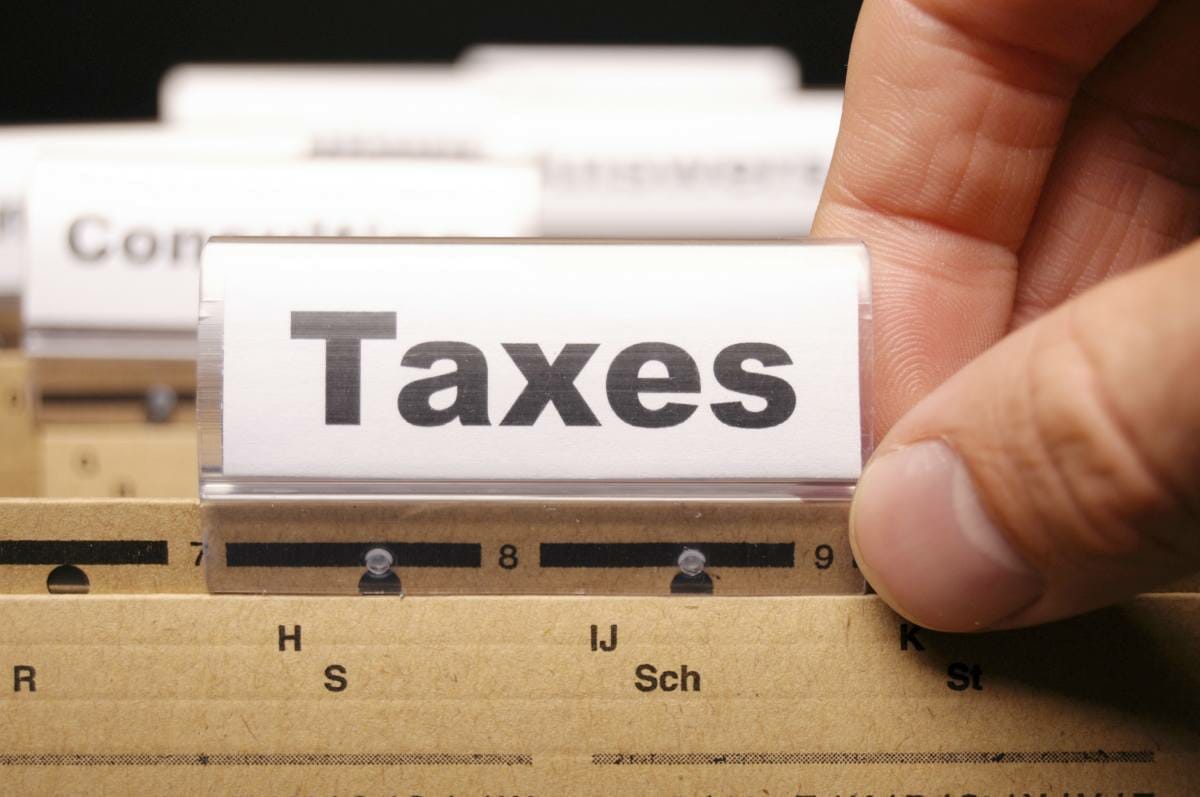Getting an easy-to-understand “taxes explained” take on the complex federal system provides taxpayers a deeper appreciation and understanding of the tax process. Here’s an easier way of looking at the US tax system using a story that involves beer.
RELATED: Tax Considerations According To Type Of Business Ownership
In this article:
- US Taxes Explained: Some Facts and Context
- Federal Taxes Explained in Beer with a Metaphorical Bar Story
- Taxes Explained for Dummies
- How Do Taxes Work? Taxes Explained with Beer
Taxes Explained | The US Tax System and the Beer Analogy
US Taxes Explained: Some Facts and Context
Who says taxes explained snippets can’t be fun? For a general view of the tax situation now, a story may shed some light.
But before the story, here are some numbers to give context to the current tax situation.
- Less than half, or 48%, of taxpayers, know their tax bracket, according to a 2018 survey by NerdWallet.
- This lack of knowledge can lead to penalties for negligence, fees for filing and paying late, and even civil and criminal cases for tax fraud and evasion.
- When left ignored, tax debts can balloon, which can lead to harsher collection methods from the IRS like a tax levy.
Of course, there are taxes other than the personal tax income.
- States usually have varying excise taxes for tobacco, alcohol, gambling and other products and services.
- States also apply sales taxes on other products. Importers and exporters can feel the heat from import duties as well.
- States can also impose an inheritance or estate taxes as well.
- For the IRS, they collect FICA taxes (basically Medicare and Social Security) and remit them to the appropriate agencies. FICA Taxes apply on top of corporate taxes or personal income taxes from employers.
Important Disclaimer: The tax process shouldn’t be overly simplified. The story should not be read with politics-tinted glasses.
Each taxpayer has his or her own tax issues. This story is meant as an interesting picture of how the tax system is structured and definitely doesn’t convey the whole picture.
Federal Taxes Explained in Beer with a Metaphorical Bar Story

The story starts with 10 friends who go out for drinks every week. Every night, they drink 20 bottles at $5 per bottle for a total bill of $100.
However, this is no ordinary bar. The whole bill is shared by everyone according to the federal income tax tiers.
This means that:
- Friends 1, 2, 3, and 4 effectively pay $0,
- The 5th friend pays $1,
- Friend 6 pays $3,
- The 7th friend gives $7,
- Friend 8 shells out $12,
- The 9th friend would pay $18, and lastly
- The 10th (the richest) contributes $59.
All in all:
- The four in the lowest income bracket pay nothing,
- All revenue comes from the tax brackets 2-7,
- And theoretically, the majority of tax revenue comes from big taxpayers (basically the two highest tiers at 35% and 37%).
The group of friends enjoyed this environment for a while. Suddenly, the bar owner throws a curveball.
Since these friends patronize the business so much, they will receive a 20% discount moving forward.
This means that:
- The four lowest income brackets still don’t pay for anything,
- The fifth friend no longer pays for anything,
- Friend 6 is now paying a dollar less at $2
- The 7th friend pays $5, from $7
- Friend 8 pays $9 rather than the previous $12,
- Friend number 9 pays $14, down from $18
- The generous friend number 10 pays $49, from $59.
In the second scenario, Friends 7, 8, and 9 complained that they saved only a few dollars ($2, $3, and $4 respectively) while Friend 10 saved a whopping $10.
Even if, realistically everyone pays less now, the group of friends isn’t as friendly as they used to be.
This led to fewer drinking sessions, and ultimately to disbandment. The bar loses a significant and stable source of revenue and the group of friends just sit around reminiscing about the good, old days.
RELATED: Taxes Taken Out Of Paycheck: Everything You Need To Know | Internal Revenue Service
Taxes Explained for Dummies
Taxes are the lifeblood of a nation. Without taxes, important services will cease operations, bringing modern civilization to a standstill.
Taxpayers usually deal with two kinds of tax collection agencies and respective tax categories, which are state taxes and federal taxes.
The state, through the local government, takes charge of collecting taxes. Reporting and collection methods, as well as tax rates and how to calculate taxes, differ by state.
For federal taxes, the taxpayers deal with the IRS. Reporting is typically done annually every tax due date, usually on April 15.
Interestingly, the average tax rate is 14% for the entire nation, with the top 50% of taxpayers paying a total of 97.17% of the total income taxes paid. The top 1% pays 39.04% of total taxes paid, with the top 10% paying 70.59%, according to the Tax Foundation Report.
From the story above, let’s assume all of them are single taxpayers. For the federal rate, the tax income brackets and respective rates for single filers are:
- 10% for 0 – $9,525,
- 12% or $9,526 to $38,700. That means $952.50 plus 12% of income over $9,525.
- 22% for $38,701 to $82,500. That translates to a base tax amount of $4,453.50 plus 22% of any income in excess of $38,700.
- 24% for $82,501 to $157,500. That means $14,089.50 as base and 24% of income above $82,500.
- 32% for $157,501 to $200,000. For taxpayers, $32,089.50 as base plus 32% of any excess of $157,500.
- 35% for $200,001 to $500,000. That means $45,689.50 as tax abse plus 35% of any income above $200,000.
- 37% for more than $500,001. That means the taxpayer pays $150,689.50 plus 37% of income above $500,000.
Seeing the high rates, you can imagine the effects of high-paying taxpayers not paying their taxes.
This explains why the IRS will set aside more manpower and resources chasing high net-worth individuals, especially those with substantial tax debt. The reality is, the lion’s share of tax revenues comes from this relatively smaller population.
How Do Taxes Work? Taxes Explained with Beer
Taxes work as the fuel to power government services. Using the beer story, everyone benefits from the beer, even if only the top 50% contributes to the majority of the tax revenues.
If you take beer as an analogy for government services, you can see why the tax system is structured this way.
The IRS can effectively collect taxes by focusing on the taxpayers with high tax debts and high net worth.
This is why, more often than not, taxpayers with a tax debt of more than $100,000 get a revenue officer. On the other hand, a taxpayer with a lower tax debt usually gets forwarded to the IRS call center where they may have to explain the details of their tax case to a new IRS agent.
Again, the story about taxes and beer is an overly simplified summary.
For taxpayers interested in learning more, you may want to look into tax systems for both the IRS and the state. Your case may be different from what’s presented in the story.
Getting taxes explained using a simple story can be fun, but it can also be short-sighted. Learn more about taxes by reading through the listings, and you may find better ways to report taxes to avoid fees and get deductions.
Do you have any questions about how taxes are explained in the story? What are your thoughts on how the beer scenario explained the tax system? Talk to us in the comments section below.
If you owe back taxes, visit taxreliefcenter.org for more information on tax relief options.
Up Next:


